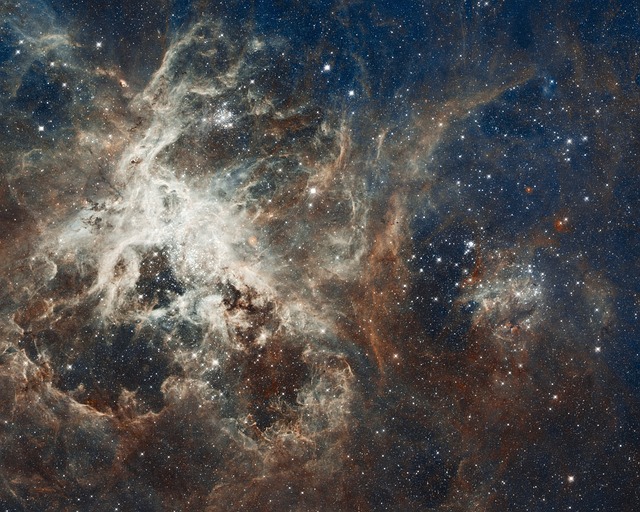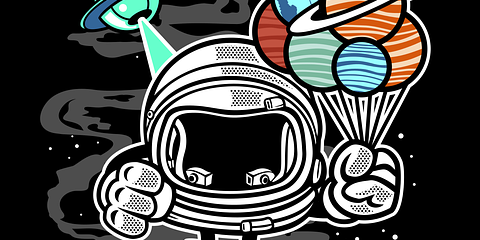These topics have always been the focus of discussion. The earth may be great for scientists, but scientists have been trying to find intelligent life and found some planets that may be more suitable for life.
In fact, there are many livable planets for human life, but most of the planets on our list of super livable planets are not currently accessible to humans, because we all know that they are too far away from us.
Scientists found that there is a planet 3000 light years away from our solar system, which is named KOI 5715.01. At present, it seems that it can completely meet the most basic needs for sustaining life. It exists in the livable area of its star. Therefore, the key components for sustaining life exist on its surface. The environment is not too hot or too cold, and there is liquid water. Therefore, it is also considered a super livable planet, Its planetary system may have a history of 5.5 billion years. We know that this data is about one billion years earlier than our own solar system. According to data analysis, this planet can almost meet most of the needs for survival.
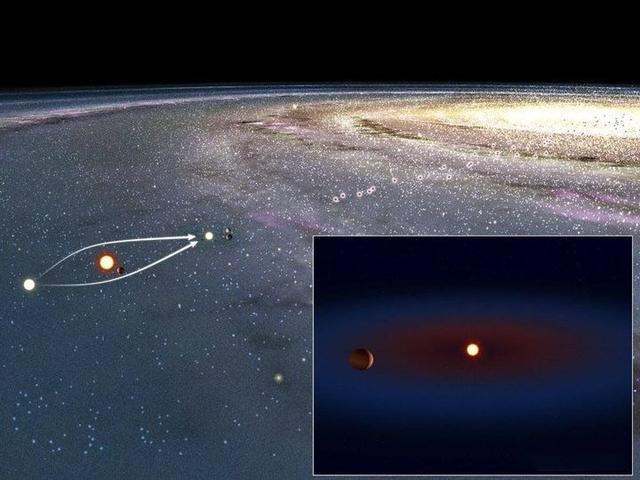
When looking for a super livable world, scientists will pay close attention to planets with a mass of 1.5 times that of the earth. Their volume should be about 10% larger. This difference in size will help the earth keep heat. If its average temperature is about 5 degrees higher than the earth, then the planet may have more biodiversity. Now, because its volume is almost twice the size of the earth, koi5715.01, It may slightly exceed this condition. In addition, research shows that this planet is actually colder than Earth, but there is still hope for life. As long as we have the correct atmospheric composition, strong greenhouse effect, and can raise the temperature to the required level, in terms of a super livable world, our current exploration is just beginning.
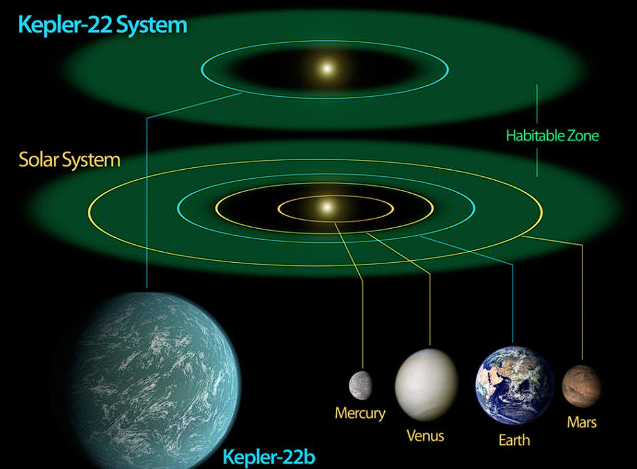
Next, Kepler-69c is about 2700 light years away from us. The age of this super planet may be about 7 billion years, which makes it within the age range of a super livable planet of five to eight billion years. This range is estimated based on the 3.5 billion years required for complex life to appear on the earth. Therefore, the best opportunity to find life may be on a planet a little older than us, The reason why this exoplanet is not at the top of the list may be that it is a little too large to be very livable. Its mass is almost four times that of the Earth. Such a large rocky planet may have a huge continent, and its center will have a huge desert. But the coastline washed by the Kepler Ocean may be the best place for humans to move.
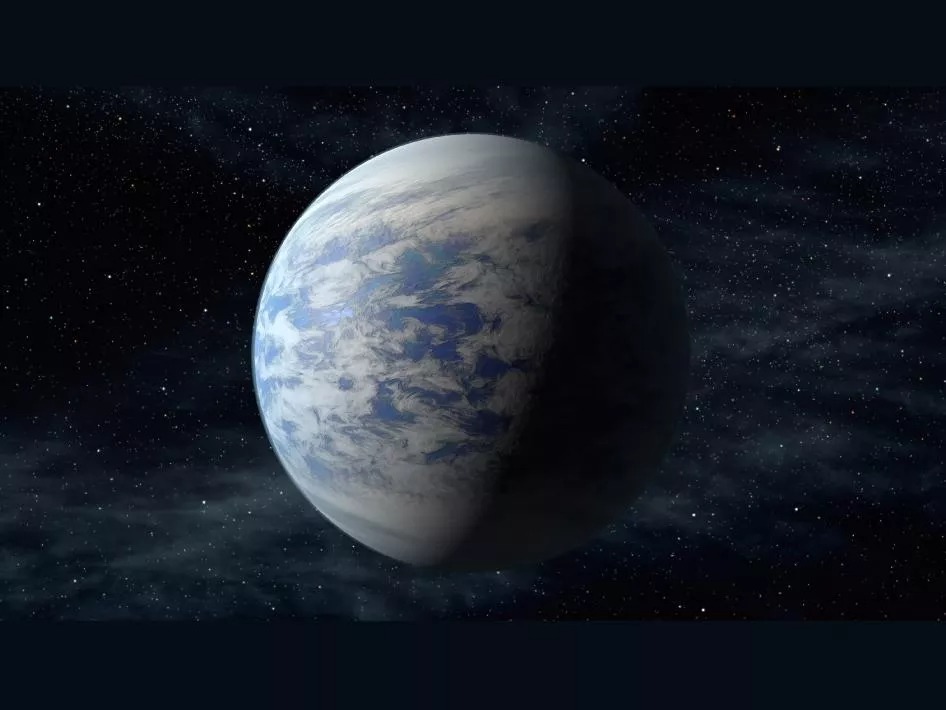
Our next super planet, Kepler 1126b, has a similar name. It is a little closer to us. This planet is about 2073 light years away from us, belonging to a planetary system with a history of 7.5 billion years. It also orbits a yellow dwarf star that is very similar to ours. Although Kepler-1126b is 2.5 times closer to the star than the earth and the sun, it doesn’t matter, Because the orbital temperature of Kepler-1126 b is lower than ours, the habitable zone will exist closer to it. If you feel too close to a hot star.
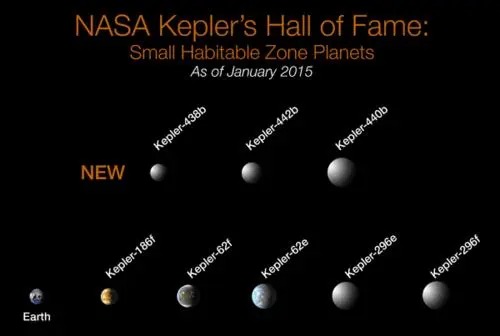
Then there is another planet on our list that is suitable for living, and its distance from the earth is also reasonable. Specculoos2c is only 106 light years away from us, which does not mean that its proximity brings him any advantage because if you move at the speed of NASA’s Parker Taiyang detector, it is the fastest detector ever launched, It still takes more than 200000 years to travel to this super planet. At present, speculoos2c looks very promising. It is much larger than the earth, about 40%. Like our earth, it may also become a rock planet. Although it also exists in the habitable zone, its red dwarf heart is very small, only about 15% of the size of the sun, So this planet orbits its star at a very close distance. This close distance may mean that speculoos2c may be locked by the tide. This super-earth needs eight and five days to rotate a full circle around its axis and around its star. This will keep one side of the planet in a constant day while the other side is in an endless night. All this means that native life may exist in the end zone, That is, the narrow strip between the two sides,
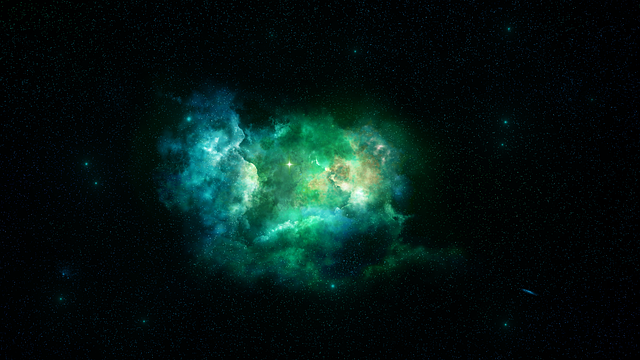
Scientists need better observation to determine that, at present, because all these candidates are far away from us if we find that the planets in our solar system are more suitable for living. Isn’t it better? Do you think Mars will be successfully transformed into a habitable planet? If Mars can solve the problem of water resources, after a long period of migration and transformation, there should be living conditions for our human beings on Mars.


